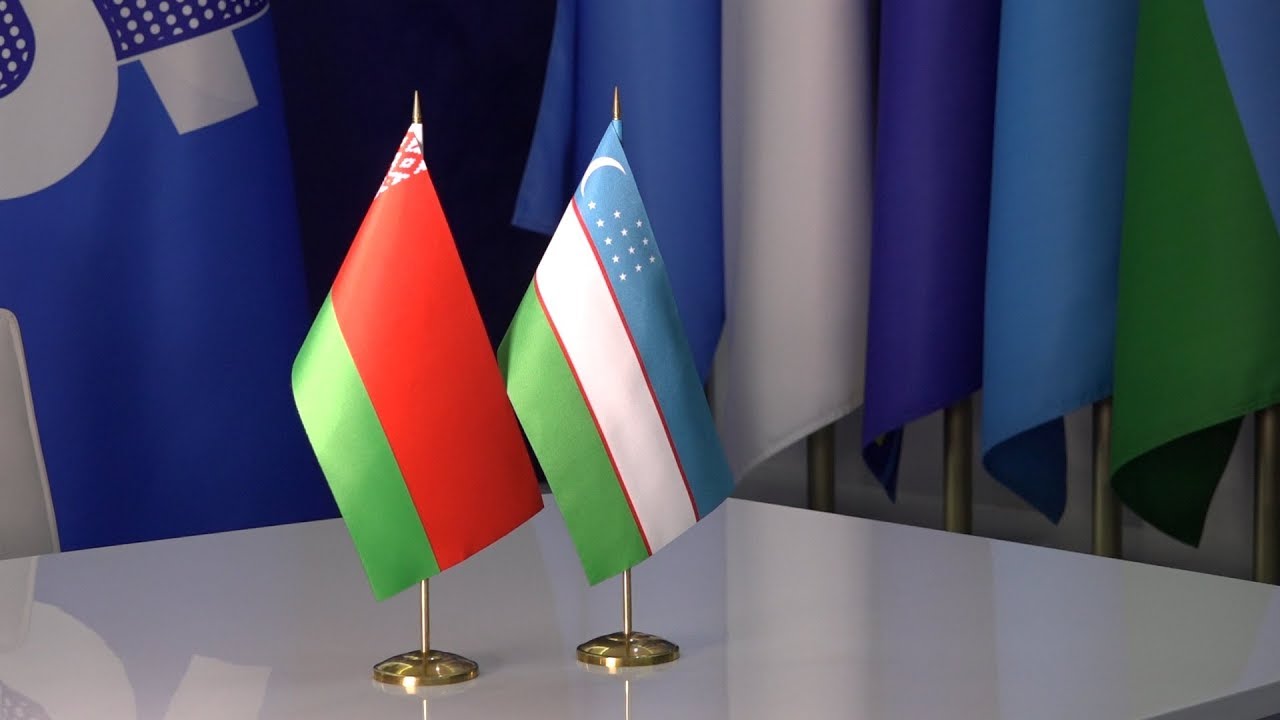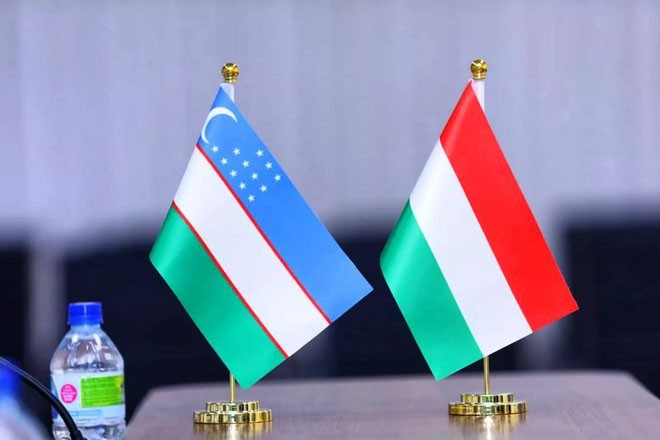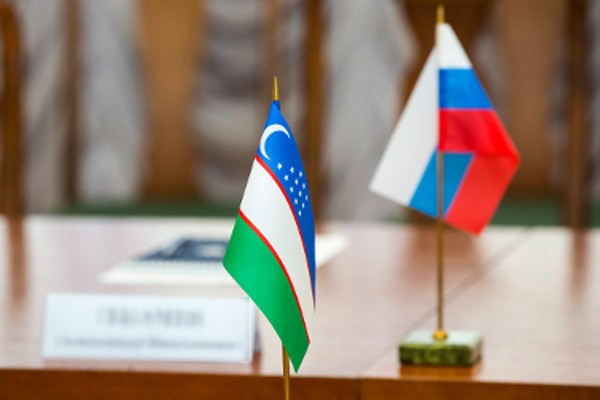Amazon and the Ministry of Digital Technologies of Uzbekistan signed a memorandum of cooperation in the field of digital infrastructure. The key direction is the launch of the Project Kuiper satellite Internet in the country. It is planned to deploy a network with a declared access speed of up to 400 Mbps with the prospect of increasing to 1 Gbps, which will bring the fixed wireless broadband access market to a new level in remote regions. To ensure sustainability and capacity, it is planned to build about twelve ground stations; This is a critical element of the low-orbit cluster architecture, allowing you to scale coverage and connect local data networks and data centers.
The project has already moved to the practical implementation phase: the first test vehicles have been put into orbit, and a launch party of twenty-seven satellites has been sent into space. For Uzbekistan, this means early entry into the low-orbit communication ecosystem with potentially low latency and high service stability, which is important for telemedicine, distance learning, video conferencing, cloud services, and enterprise channel redundancy. When properly integrated with the networks of local operators, the satellite backbone can serve both as a direct access for households and small businesses, and as a reference channel for rural mobile base stations.
The economic impact of the project will be reflected in the expansion of the digital services market, increased competition and improved connectivity in hard-to-reach areas where the laying of fiber-optic lines is capital-intensive. At the same time, implementation will require coordination of frequency and orbital resources, traffic landing permits and data localization, standardization of user equipment, and a transparent tariff model. For the state, the requirements for cybersecurity and infrastructure stability are important, for business — the predictability of the cost of terminals and subscription fees. The emergence of an alternative to existing satellite access solutions in the region will increase technological sovereignty and reduce the digital gap between the center and the periphery.







